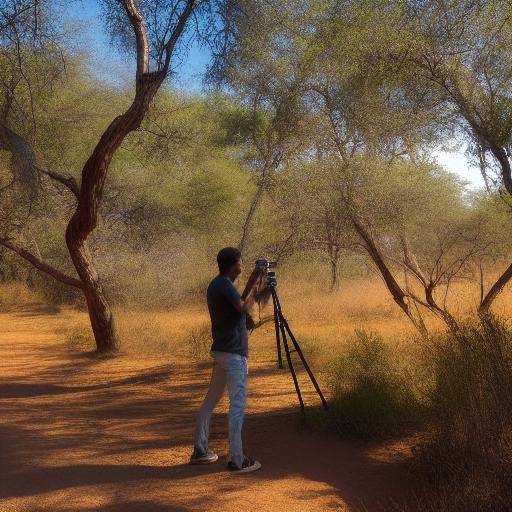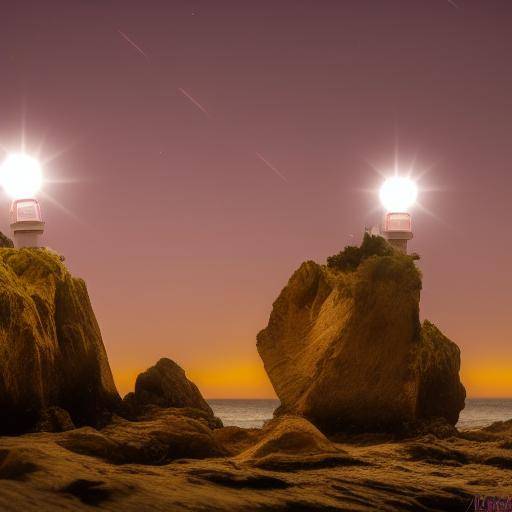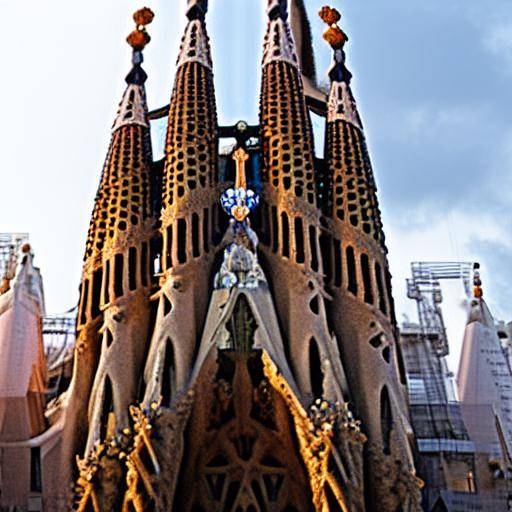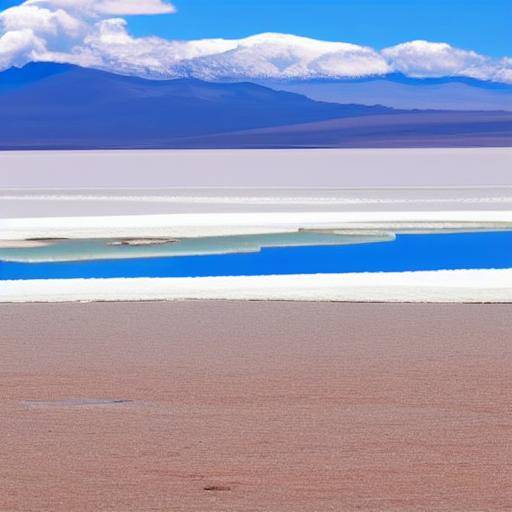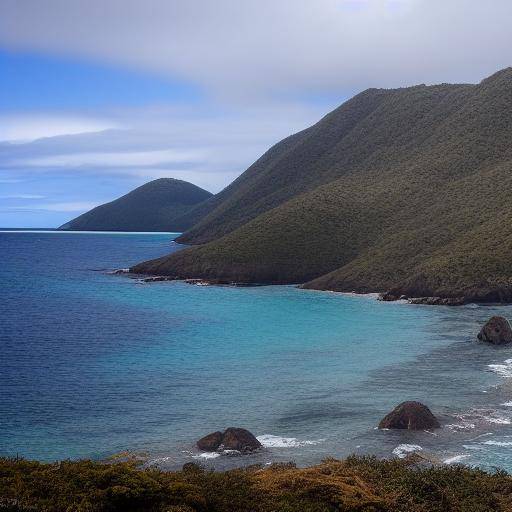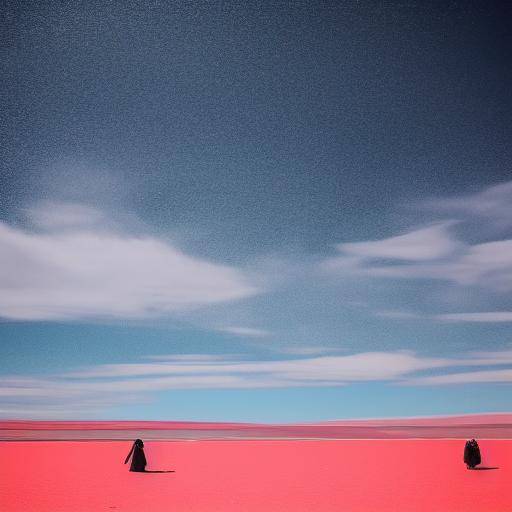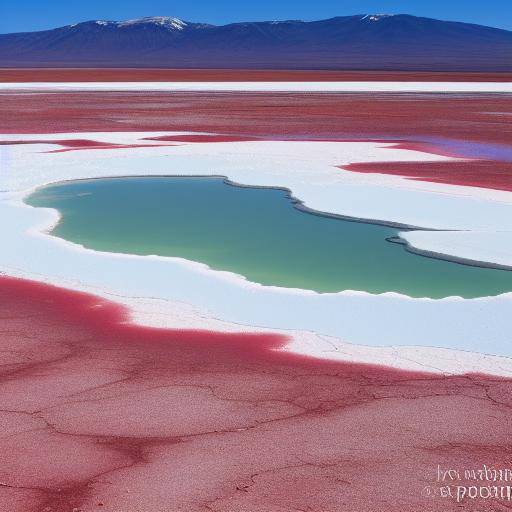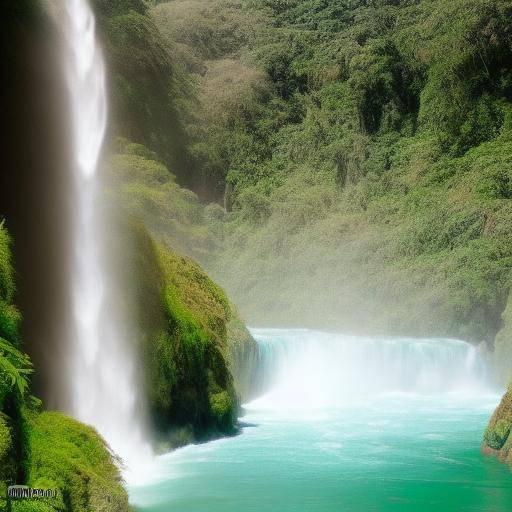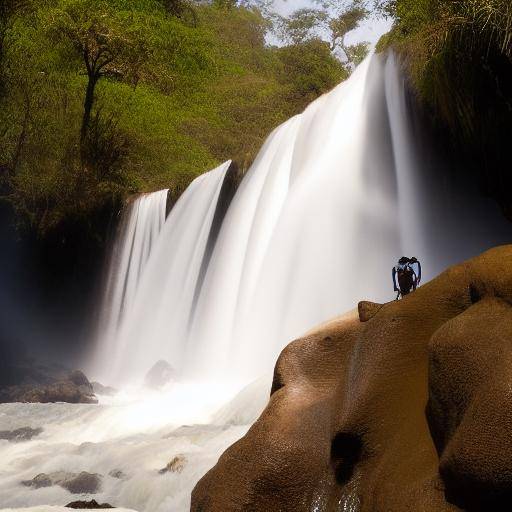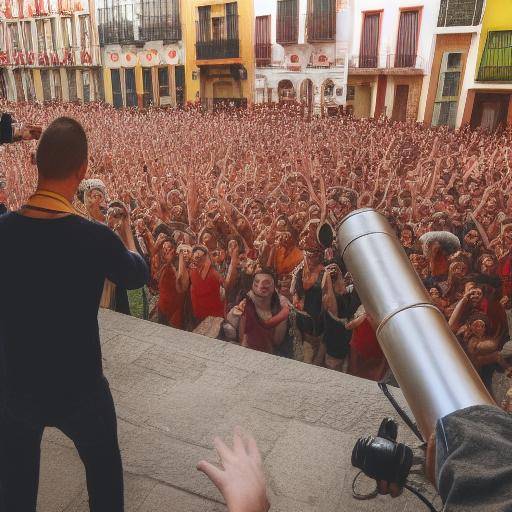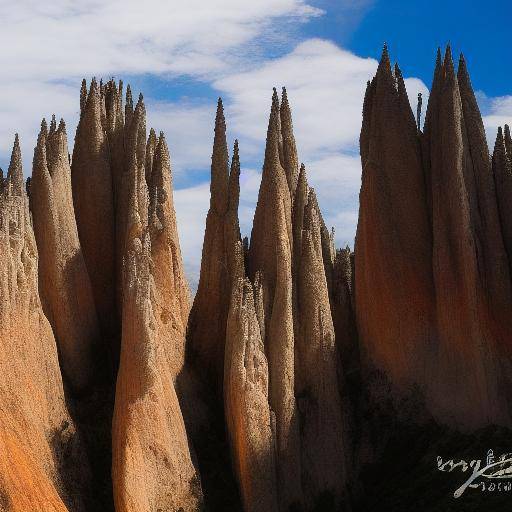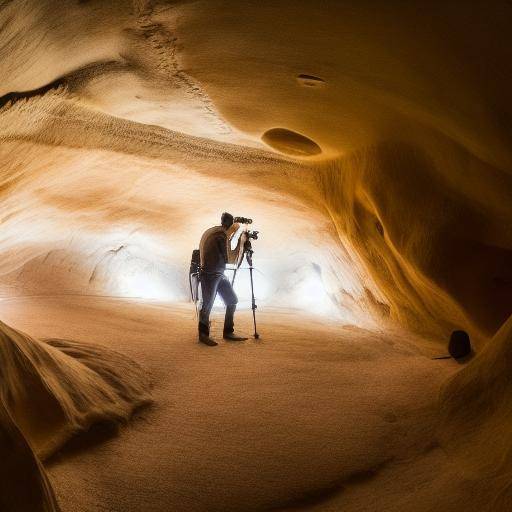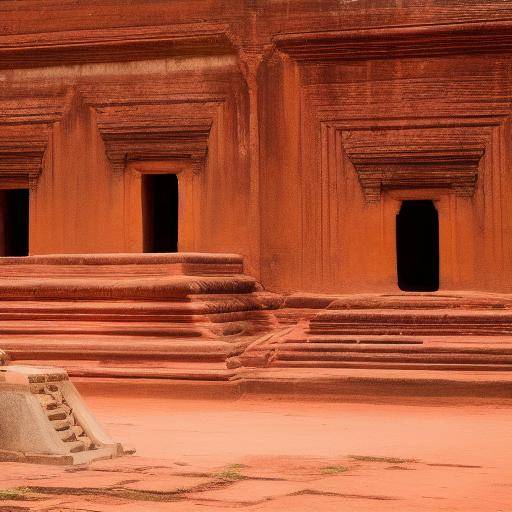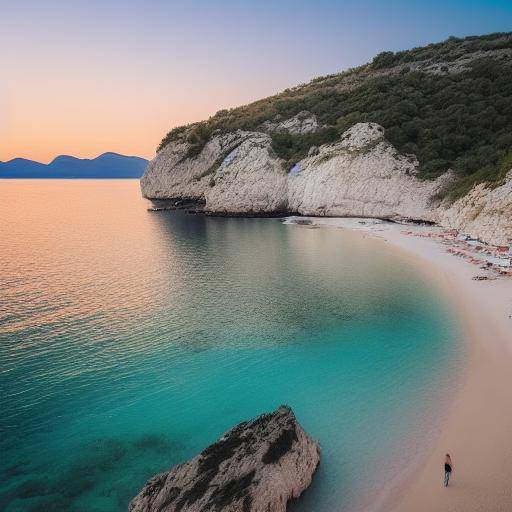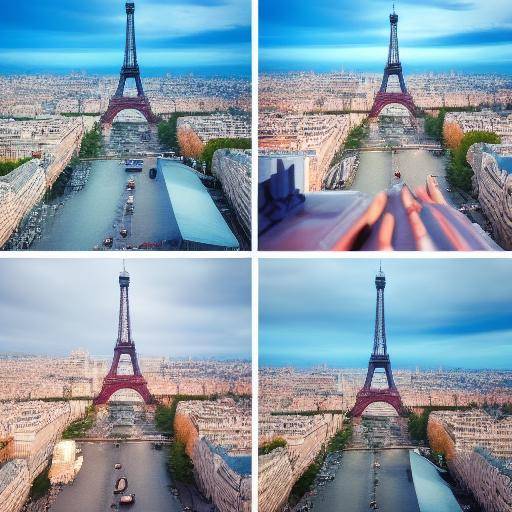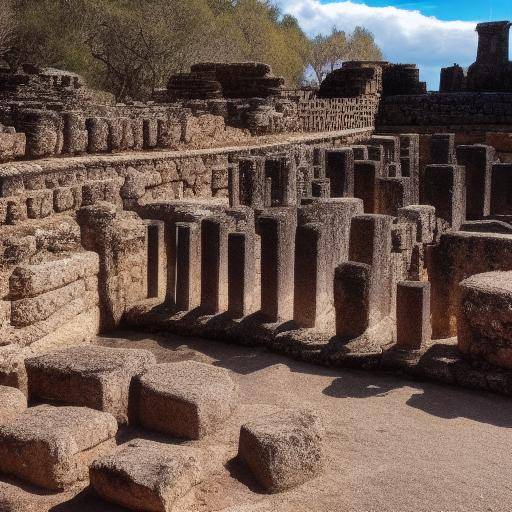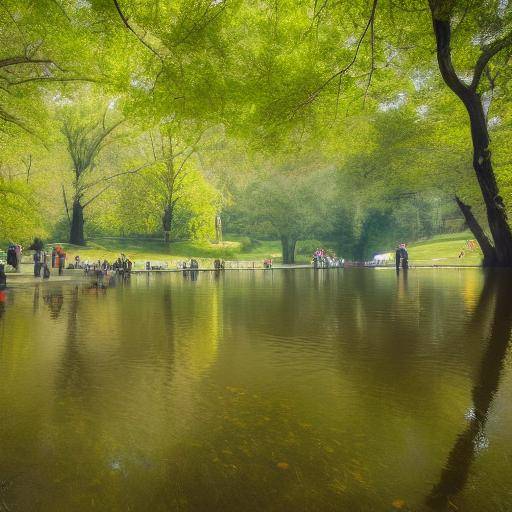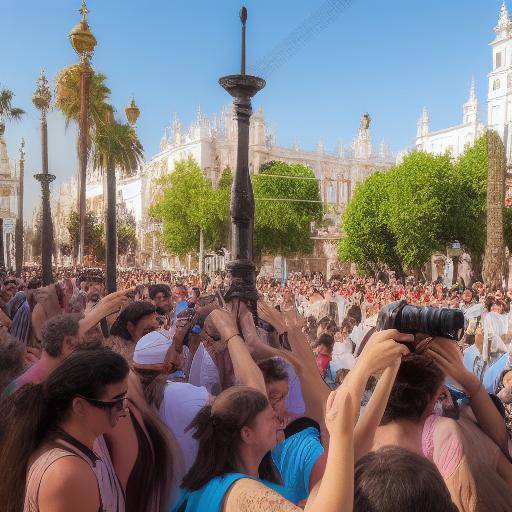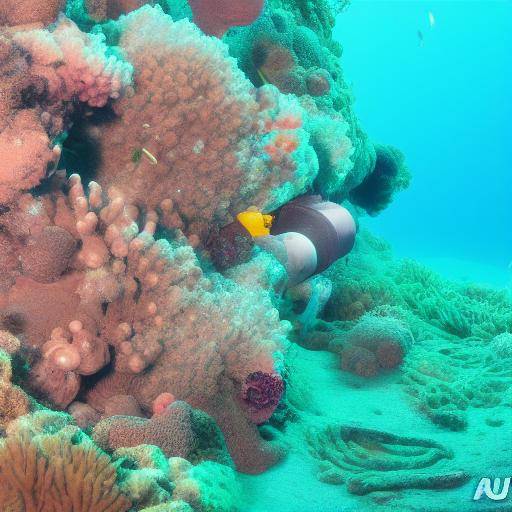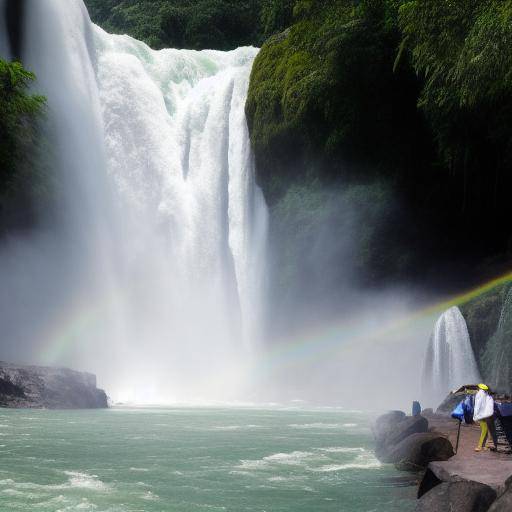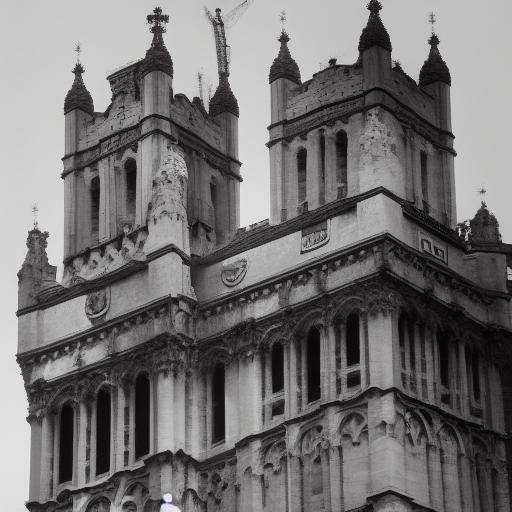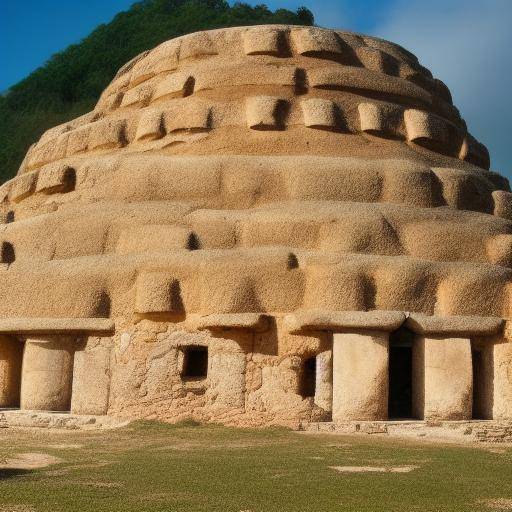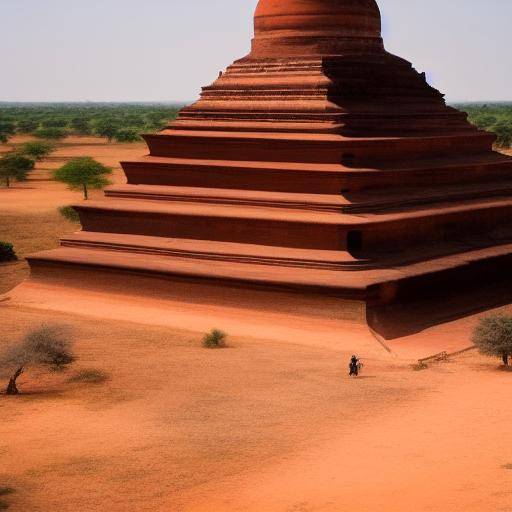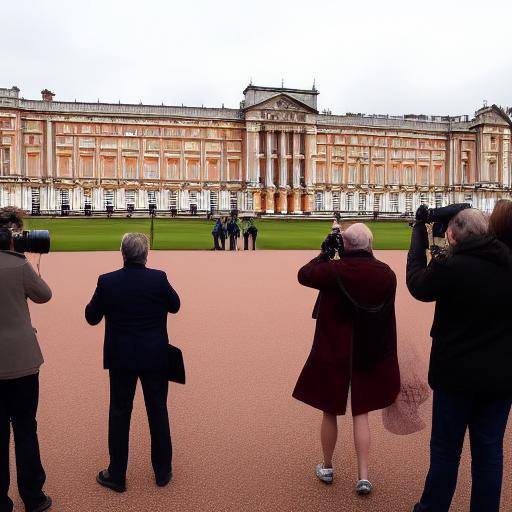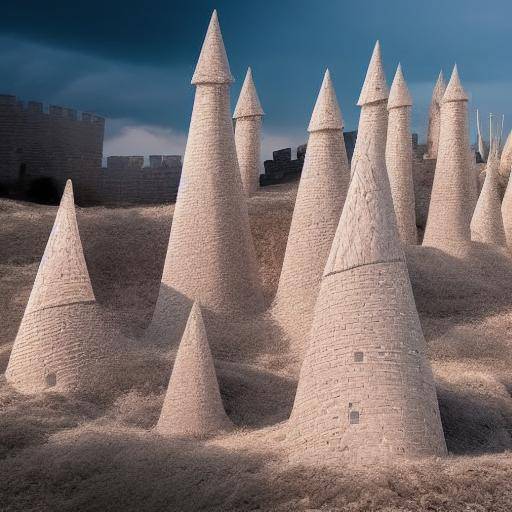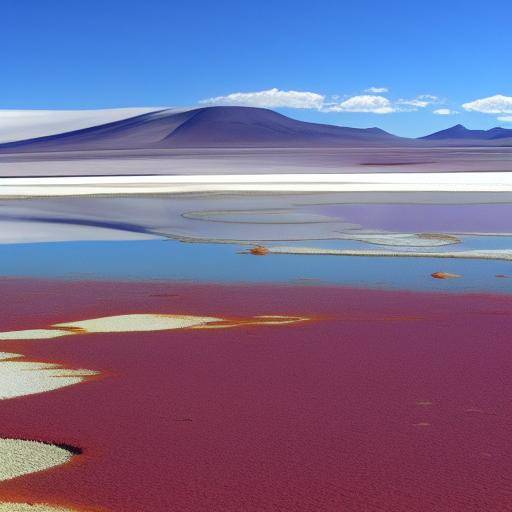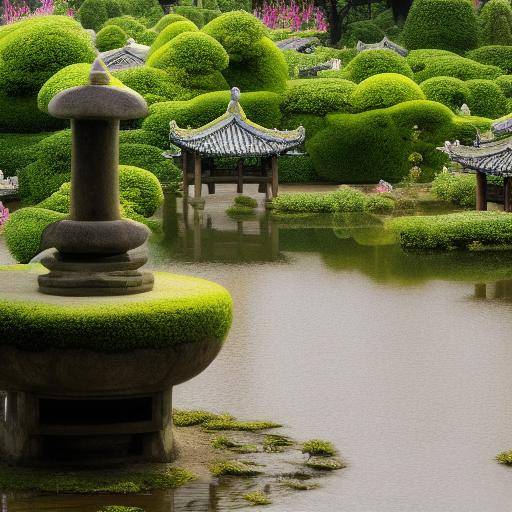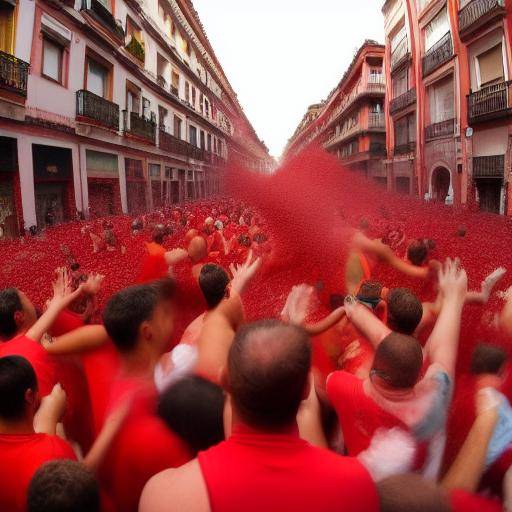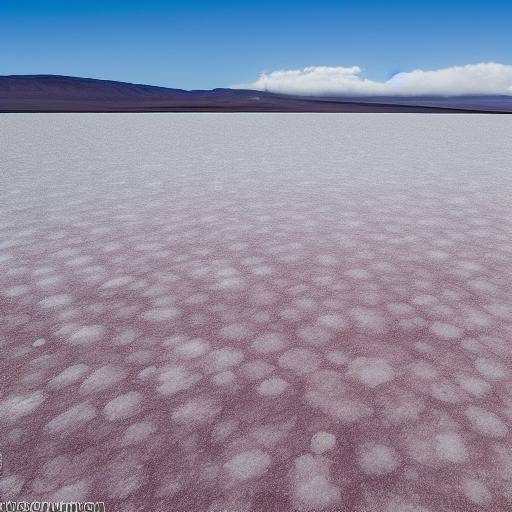
The Salar de Uyuni, located in Bolivia, is the largest salt desert in the world and one of the most impressive destinations for nature photography lovers. Its vast white landscapes, which reflect the sky and clouds, offer a unique opportunity to capture truly shocking images. In this article, we will explore the techniques, tips and visual inspiration to photograph the Salar de Uyuni, as well as the history and formation of the Salar. From the history and formation of the salar to the current trends in nature photography, you will immerse yourself in a visual and educational journey that will equip you to capture the hypnotic beauty of this salty landscape. Get ready to dazzle with the magic of the Uyuni Salar through your lens!
History and Formation of the Uyuni Salar
The Salar de Uyuni, a remnant of Lake Minchin, covers more than 10,000 square kilometres of the plateau of the Altiplano in Bolivia. With a layer of salt that reaches up to 10 meters thick at some points, this surreal place is a natural wonder that attracts photographers from around the world in search of spectacular and unique images. The extensive white plains, particularly during the rainy season, become a natural mirror reflecting the sky, providing the perfect opportunity to capture stunning photographs.
Geological origins
The Uyuni Salar was formed about 30,000 to 40,000 years ago, when Lake Minchin began to dry. As the water evaporated, it left behind vast layers of salt and other minerals, creating the unique landscape we see today. This geological evolution has led to one of the most fascinating and photographable terrains on the planet.
Evolution and Transformation
Over the centuries, the Uyuni Salar has undergone significant changes due to climate and environmental factors. During the rainy season, a thin layer of water covers the salt, creating a mirror effect that turns the salt into a gigantic reflection of the sky. This phenomenon is particularly attractive for photographers, as it allows to capture images of perfect symmetry and surreal landscapes.
Discovery and Global Reputation
Popularity
The overall recognition of the Salar de Uyuni as a tourist and photographic destination has grown exponentially in recent years. The surreal landscape, combined with the phenomenon of reflection in the rainy season, has attracted the attention of photographers, filmmakers and intrepid travelers from around the world. The media and digital platforms have played a crucial role in spreading the amazing beauty of the Salar, placing it on the map as one of the most impressive destinations for nature photography.
Impact on Nature Photography
The Salar of Uyuni has revolutionized the world of nature photography, providing a unique scenario where photographers can experiment with light, perspective and reflection. The images captured in the hall often appear from another world, with infinite horizons and a colored game that varies with the angle of the sun and the weather.
Techniques and Tips for Photographing Uyuni Salar
Preparation and Equipment
- Suitable equipment: It carries a camera with wide-angle capabilities to capture the vastness of the landscape. A tripod is essential for long exposure and stability in irregular terrain.
- Equipment protection: Salt can be corrosive, so be sure to protect your photographic equipment with waterproof covers and lens cleaners.
Taking advantage of the Natural Conditions
- Reflexes and Mirrors: Visit during the rainy season (December to April) to capture the natural mirror phenomenon. The thin layer of water on the living room creates perfect reflections of the sky and the clouds.
- Light of Dawn and Dawn: Golden hours provide the best light to photograph the living room. The warm and soft tones of dawn and evening enhance the texture of the salt and the color of the sky.
Composition and Creativity
- Use of Symmetry: Take advantage of the natural symmetry of the salar to create balanced and visually impactful compositions.
- Perspective and Scale: Play with perspective to create optical illusions. The vast expanse of the hall allows perspective tricks that can make small objects look great and vice versa.
Visual Inspiration and Highlights
Iconic photographs of the Uyuni Salar
Numerous photographers have captured iconic images of the Uyuni Salar, each showing a unique facet of this amazing landscape. From perfect reflections to long-exposure shots under the starry sky, the Salar offers endless opportunities for visual creativity.
Stories of Photographers
Interviews and anecdotes of photographers who have worked in the Uyuni Salar provide a fascinating insight into the challenges and rewards of photographing this place. Your experiences and tips can serve as inspiration for those who want to venture into this unique environment.
Conclusion
Photographing the Uyuni Salar is an experience that goes beyond capturing images; it is an adventure in one of the most impressive and unique landscapes in the world. With its vast expanse of white salt and its ability to reflect the sky surrealistically, the Salar offers an unmatched setting for nature photography. Equipped with appropriate techniques and an adventurous spirit, any photographer can capture the hypnotic magic of this incredible place. Get ready to dazzle with the beauty of the Uyuni Salar and let your creativity rise to new heights through your lens!

